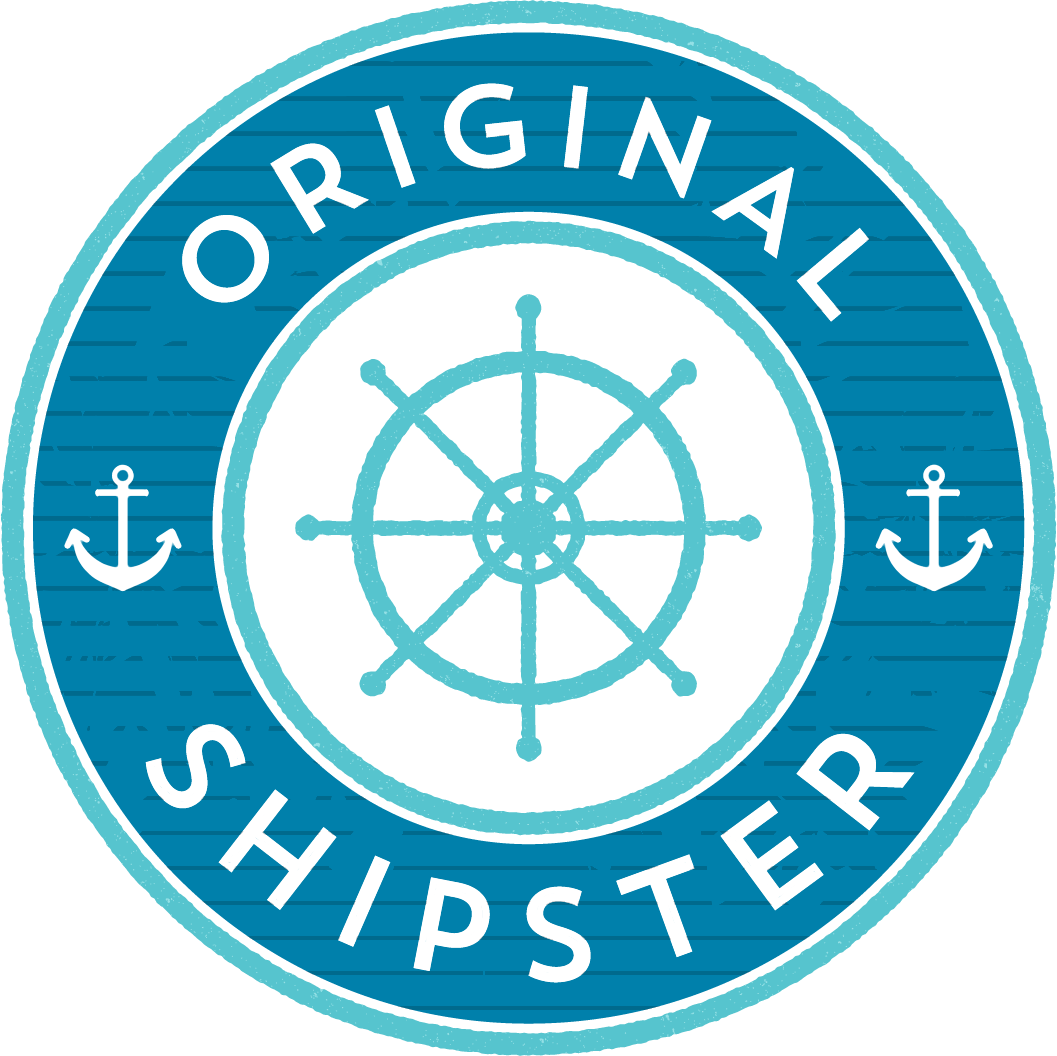Over the Waves: SS Hungarian
Hello all! Sorry for the lack of Friday post but there wasn't anything new in the harbour this past week. I'm working on some segments for the winter when traffic slows down, and I should have the first instalment ready by Friday. Thanks for your patience and support! This Monday, we're going off the coast of Nova Scotia to Cape Sable Island. Atlantic Canada is littered with shipwrecks, and this ship is one of the more tragic stories. Introducing the story of the SS Hungarian.
Nationality: British
Length: 91 metres
Beam: 12 metres
Draught: 5.2 metres
Weight: 2,200 tonnes
Capacity: ~130
Crew: 73
Year: 1858
The SS Hungarian was constructed for the Canadian-run Allan Line, one of four new ships for their fleet. She was built in Dumbarton, Scotland, and sailed primarily from Liverpool, UK to the United States, Canada, and Newfoundland. A passenger and cargo vessel, she brought immigrants and imports to these growing ports.
A vectored image of the Hungarian.
In 1859, while sailing across the Grand Banks, the Hungarian came across a ship in distress. The John Martin had begun to founder, and her passengers and crew were becoming desperate. The captain of the Hungarian put himself and some of his crew into lifeboats and ferried the survivors onto his ship, saving everyone aboard and safely taking them into St. John's. Unfortunately, just a few months later, the captain would find himself without anyone around to return the favour.
On February 9th, 1860, the Hungarian left Liverpool en route for Portland, Maine. She had stopped in port at Queenstown, Ireland, and then began her transatlantic crossing. On February 19th, she came into Canadian waters at the start of a brutal winter storm. In gale force winds and high seas, she sailed through the wee hours of the morning, her lookouts keeping their eyes open for any sign of land. Unfortunately, the high seas limited their visibility even further, and before long they were up upon the shoals and taking on water.
Witnesses statements said that they saw flares launched from the vessel in the early morning, and that by dawn you could see passengers and crew clinging to the masts trying to stay above the churning waves. The weather made a rescue effort impossible, and it wasn't long before the true toll of the wreck became evident. The waves began bringing personal effects, cargo, and bodies ashore over the next couple of days. After six days, the wild weather abated and rescuers made it to the wreck site. All hands on board had been lost.
It is said that a dairy that was found washed up on the shore had a final line written in it, "Lizzie dies tonight". This was turned into a very popular ballad piece, and the lyrics are heartbreaking as the young girl speaks to her mother as she sits on the sinking ship.
As is the case with many sea tragedies, some lessons were learned. Following the wreck of the SS Hungarian, the Sable Island lighthouse was constructed and still acts as a beacon, warning mariners of the treacherous waters surrounding the island, and the hazards below the waves.
Featured image was from this article.
